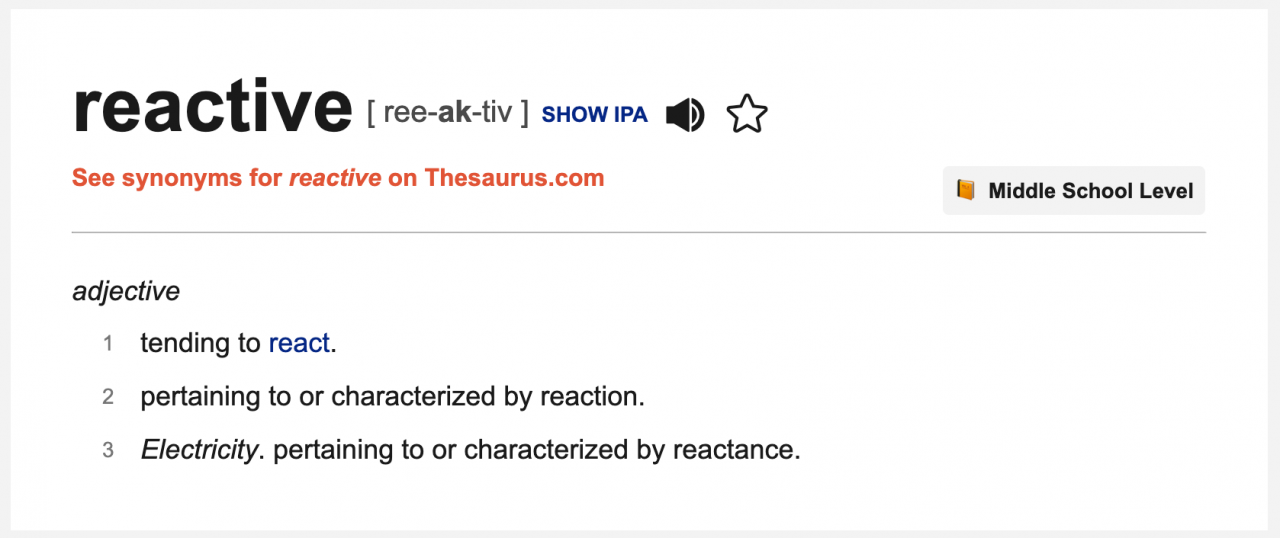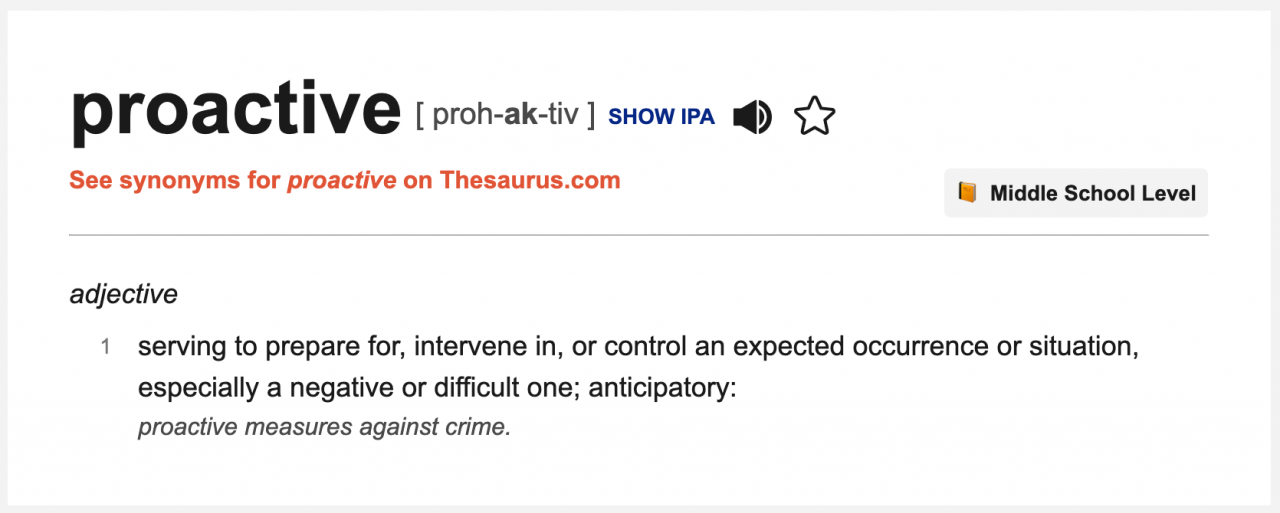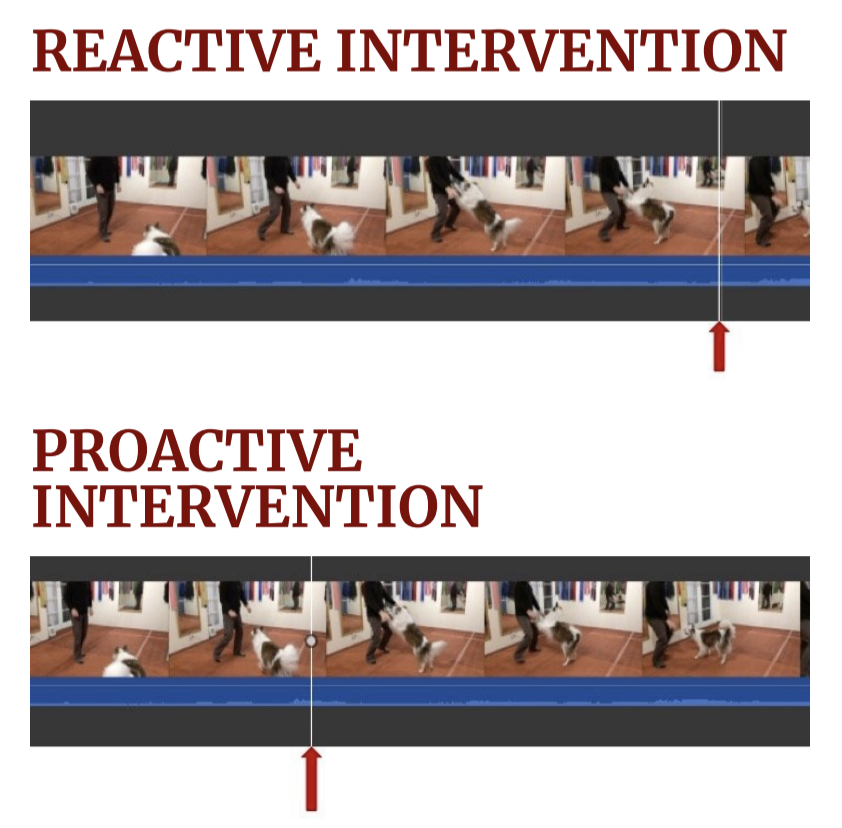Reactive Trainer? And Why Does it Matter?
This is something that many people new to positive reinforcement (R+) training struggle with: Why can 'fixing' behavior problems (or any training problem) seem so much harder using
positive techniques than using punishment or force? I mean, you're rewarding the hell out of the behaviors you want so why are things still turning to custard?
Because using positive reinforcement to change established behavior requires that we become PRO-active rather than RE-active trainers – and that is the challenging bit.
Take a look at these two video sequence stills:
The arrows indicate the time of the training intervention. The first clip shows when a trainer would apply a reactive punishment to reduce the jumping behavior — during or after the jumping. In contrast, a reinforcement-based trainer would be proactive, by interrupting and cuing an alternative BEFORE the feet come off the ground.
Why?
To change a behavior, you have to prevent the dog from gaining reinforcement for doing the unwanted action. For example, with jumping, for many dogs, just the fact that they got their feet off the ground and on you is enough! Add to that the attention it gets and how much fun it is to do and you can see why it persists even in the face of 'firm' corrections.
The reinforcement trainer interrupts the unwanted behavior so it doesn't get any chance to be strengthened and then either asks for, or engineers, a suitable alternative that can take its place and gives the dog the same reinforcement. In the case of jumping, it might be a handful of food stuffed in the dog's face to interrupt the jump and lure/cue a sit, which is then followed by calm stroking, praise and lovin'.
The Recipe for using R+ to Change Established Behaviors
- Where do I need to 'edit' my behavior sequence?
- How can I best do that edit? Management? Interrupt early? Both?
- What can I replace the unwanted sequence with?
Once you have decided your edit point and created (taught!) your replacement behavior, you can then insert it into the problem 'video'.
By accepting you will be accessing a service provided by a third-party external to https://www.fenzidogsportsacademy.com/


